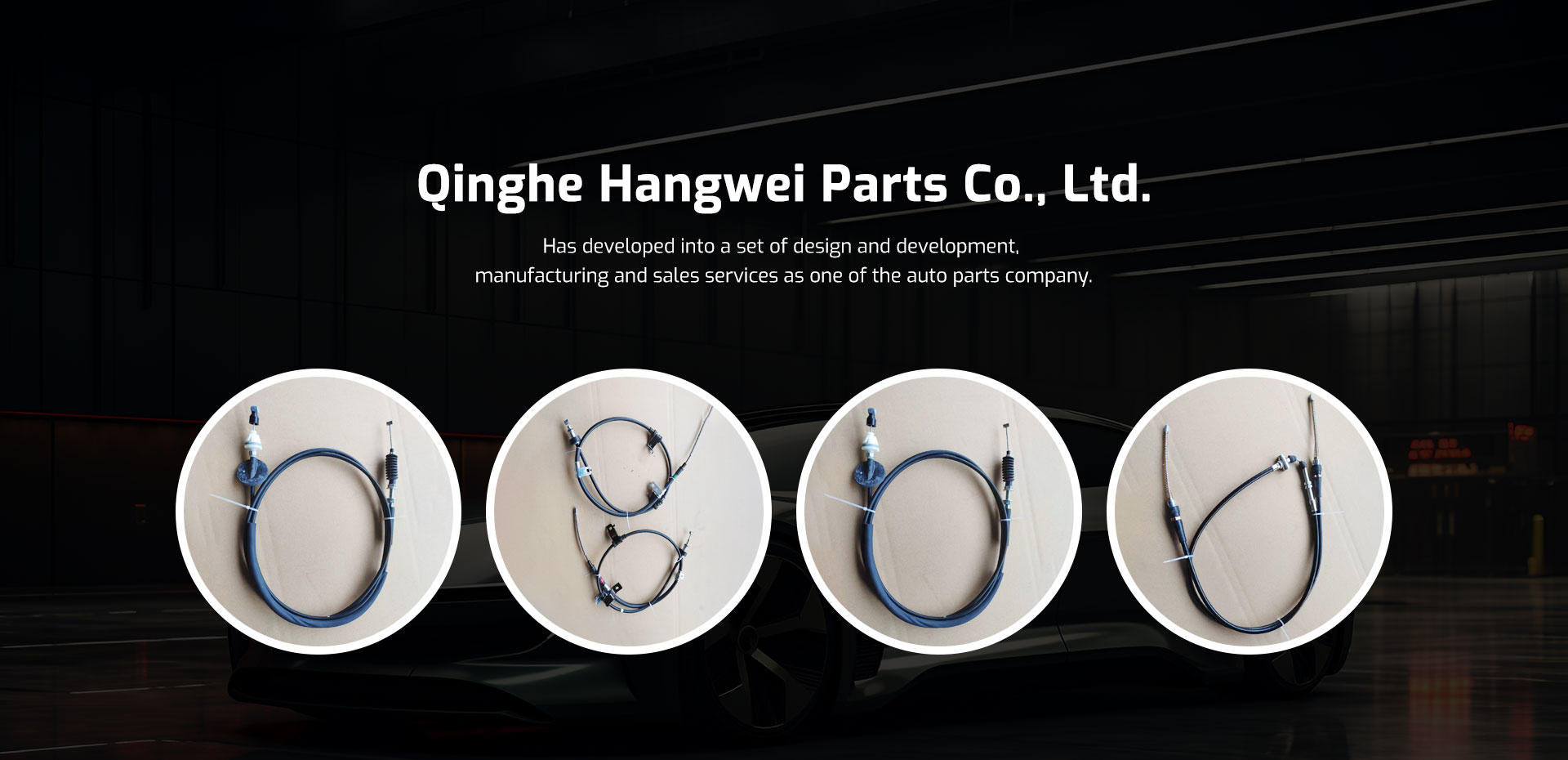clutch pipe
Understanding Clutch Pipe A Vital Component in Automotive Engineering
In the world of automotive engineering, every component plays a crucial role in ensuring optimal vehicle performance. Among them, the clutch pipe is a component that warrants attention, especially for those interested in automotive mechanics and performance tuning. The clutch pipe serves as a conduit for hydraulic fluid in systems that use a hydraulic clutch mechanism, providing the necessary pressure to engage and disengage the clutch.
The Role of the Clutch Pipe
The primary function of the clutch pipe is to deliver hydraulic pressure from the master cylinder to the slave cylinder. This hydraulic system is an essential aspect of modern vehicles equipped with manual transmissions. When the driver presses the clutch pedal, the master cylinder generates hydraulic pressure, which travels through the clutch pipe to the slave cylinder. The slave cylinder then engages or disengages the clutch, allowing the driver to shift gears smoothly.
Clutch pipes are typically made from materials that can withstand high pressure and extreme temperatures. Common materials include steel and reinforced rubber, which provide durability and resilience against wear and tear. Selecting the right material is crucial, as a compromised clutch pipe can lead to fluid leaks or failure, impacting the vehicle's performance and safety.
Signs of Clutch Pipe Issues
Over time, clutch pipes can experience various issues that can hinder their functionality. Some common signs of a failing clutch pipe include
clutch pipe

2. Fluid Leaks Any visible signs of hydraulic fluid leakage around the clutch pipe area are alarming. This leakage can decrease pressure, leading to clutch malfunction.
3. Clutch Pedal Feel A spongy or unresponsive clutch pedal might suggest air in the hydraulic system due to a leak in the clutch pipe, impacting overall clutch performance.
4. Burning Smell If the clutch pipe or any associated components overheat due to insufficient lubrication or fluid loss, it may emit a burning smell.
Maintenance and Replacement
Regular maintenance is key to prolonging the life of the clutch pipe and the entire hydraulic system. Mechanics often recommend inspecting the clutch pipe for any signs of wear, particularly in older vehicles or those subjected to harsh driving conditions. Furthermore, replacing the hydraulic fluid at scheduled intervals can prevent contaminants from affecting the system's performance.
If leakage or damage is identified, replacing the clutch pipe is essential. While this task may seem daunting, it can be managed with basic automotive tools and knowledge. It's advisable to consult the vehicle’s service manual or a professional mechanic for proper guidance.
Conclusion
The clutch pipe, while often overlooked, plays a significant role in ensuring that a vehicle operates smoothly and efficiently. Understanding the function and maintenance of this component can help vehicle owners avoid potential issues that could affect their driving experience. Whether you are a car enthusiast or a casual driver, being aware of the signs of clutch pipe problems and addressing them promptly can lead to safer and more enjoyable journeys on the road.
-
Workings of Clutch Pipe and Hose SystemsNewsJun.04,2025
-
The Inner Workings of Hand Brake Cable SystemsNewsJun.04,2025
-
The Secrets of Throttle and Accelerator CablesNewsJun.04,2025
-
The Hidden Lifeline of Your Transmission Gear Shift CablesNewsJun.04,2025
-
Demystifying Gear Cables and Shift LinkagesNewsJun.04,2025
-
Decoding Clutch Line Systems A Comprehensive GuideNewsJun.04,2025
